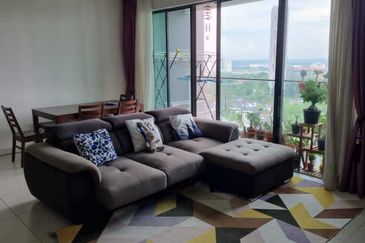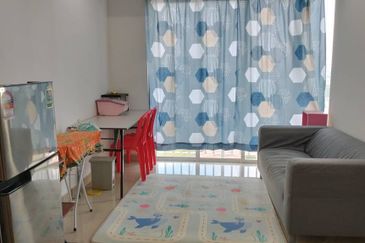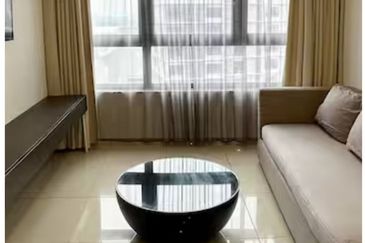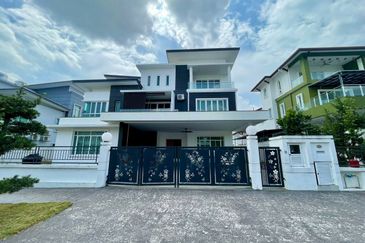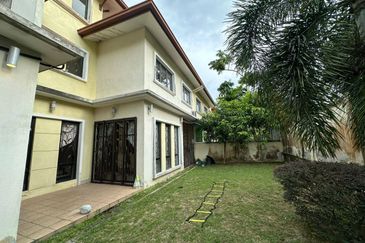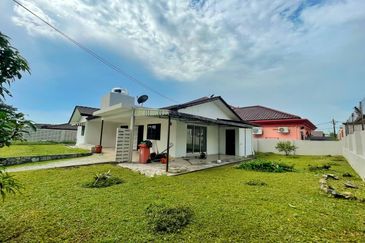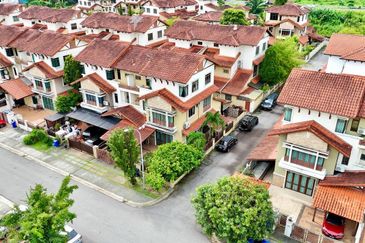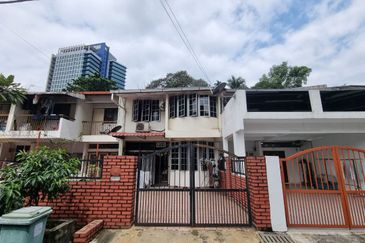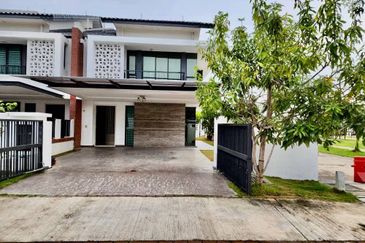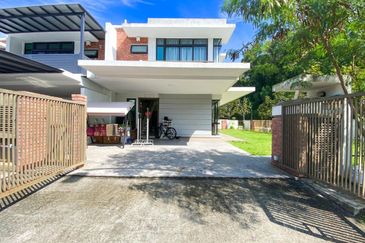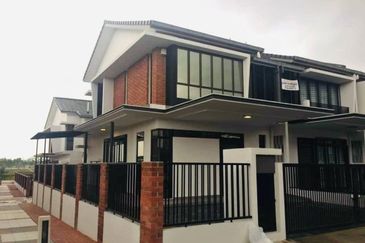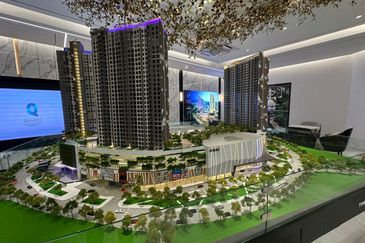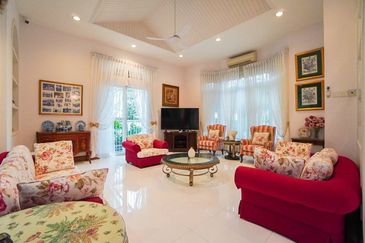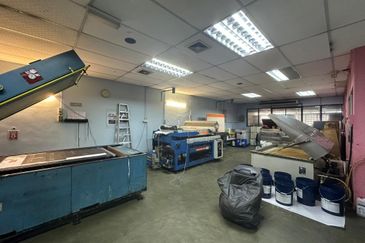
Mei (not her real name) had never given a second thought to her apartment block’s appearance until a visit from a Singaporean friend. The 10-storey high façade walls, which started out white, had turned so patchy and weather-beaten over the years that her friend could not help exclaiming: “Why hasn’t it been given a new coat of paint? You will never find this in Singapore!”
To Mei and Malaysians in general, such unsightly buildings are so common, even in the capital city, that they have grown indifferent to it. But the embarrassing encounter has made Mei wonder how the Little Red Dot has achieved such an impressive level of property sustainability.
A check with Dr Lim Lan Yuan, president of the 12th and 13th Council (2014-2018) for the Association of Property and Facility Managers (APFM) in Singapore, reveals that while both nations feature basically the same tenets in real estate — such as the stakeholders and their respective roles, governing laws, regulations and legislations, arbitration channels, property management professions, and even similar problems and challenges — the differences lie in the following:
1. Tighter enforcement of laws
The laws and regulations are identical, but what keeps Singapore spick and span is its higher level of implementation. A stricter control by the relevant authorities ensures that once any breach or mismanagement occurs, it is promptly rectified through enforcement actions.
One example is the collection of maintenance fees. Unlike Malaysia, it is not a serious problem across the causeway as the Management Corporations (MC) are empowered to eventually sell off the units concerned if arrears are not settled.
In dealing with errant developers, buyers of houses under construction are protected by the Housing Developers Act. In the Lion City, developers that continue to build poorly constructed houses will be queried by the authority and subsequently may be granted only non-sale licences, which allow them to sell only when their properties are completed.
2. Rule on repainting
What has kept the Singaporean edifices looking impeccable was a requirement to have them repainted every five years, and this is now amended to not more than seven years. It is a strata management regulation. Every owner including MCs must ensure that the external walls of their buildings and common properties are painted at intervals of not more than seven years, or such longer intervals as the Commissioner of Buildings (COB) may determine. In the event of a contravention, there is a fine not exceeding S$3,000 (RM9,265). The COB is responsible for enforcing this regulation.
MCs will budget the cost of repainting into their sinking fund provisions. The cost is usually collected as an annual contribution to the sinking fund with the total expense spread over seven years.
3. Wider extent of knowledge and experience
Singapore has some 50 years of experience in formal property management. The strata law was first introduced in 1967, much earlier than that in Malaysia.
4. Greater public awarenes
There is greater consciousness among homeowners in the island nation of the importance of good property management, and the need for keeping their developments clean and tidy, as well as its impact on the value of property.
Since the strata scheme has been established over the last five decades, Singaporeans have gained a gradual understanding of the requirements under the relevant rules and regulations, and their rights and responsibilities. The government and the professional bodies help to publicise them through talks, seminars and publications. Hence, owners are aware of the need to comply with the laws.

5. Higher level of management expertise and professionals
Recognising that education and training is the key, the universities in Singapore started the estate management degree course back in 1969. Both professional bodies, namely the APFM and Singapore Institute of Surveyors and Valuers, organise professional property management courses for their members as well as the general public. Among the courses organised are Property Maintenance and Management Course, Strata Management Course and Course on Management Corporations. Over time, more people are trained to become property managers, and more people learn about property management and become aware of its importance. Hence, there is a good crop of professional managers with a high level of expertise and competence to ensure that properties remain sustainable and their values are enhanced. Usually, if MCs are knowledgeable, they will try to manage the developments in an efficient manner. But if they lack the skills, they will engage good professional property managers to assist them.
6. Human relations skill
An important part of the training is human relations management. Property managers in Singapore are trained in conflict management, and handling social or personal issues occurring in the estates. This skill is especially useful in handling social disputes, which are just as common in Singapore, with a population that includes many foreigners. The proper management of quarters with multi-cultural owners depends a lot on the management councils with the help of the professional property managers to ensure that the different cultural groups of residents are able to co-exist, live and play harmoniously as a community.
7. No interim management body
While Singapore and Malaysia have similar strata management legislations, one big difference is that Singapore does not have an interim body like the Joint Management Body (JMB) because strata titles are usually obtained soon after the buildings are completed. As strata titles are issued, the MCs are formed to take over from the developer straight away. This reduces conflicts that may arise between developer and JMB, and between JMB and MC.
8. Exemplary government control on public housing
There is a large percentage of public housing flats in Singapore. They are managed by town councils, the equivalent of MCs for private condominiums. Public housing is very well-managed and sets the minimum benchmark or standard for good property management for private condominiums in Singapore.
9. Extra channel for arbitration
In the event of disputes concerning personal or social issues, the professional property manager will help to resolve them. If they are not able to help, they may refer the disputes to the Community Mediation Centre, which has been set up by the government to resolve community, social and neighbour conflicts without going to court. The applicant only has to pay a registration of S$5. No fee is charged for the mediation. Most of such disputes are resolved within a few hours. In case there is no resolution, parties will have to go to the tribunal or court. These centres, however, do not handle commercial or technical disputes.
10. Extensive use of technology
The application of technology has been rapidly introduced in the management of old condominiums such as for the booking of facilities, payment of dues and lodging of complaints. Newer condominiums are likely to be provided with the latest technology. Managements also make the effort to keep residents and owners up-to-date of the developments in the neighbourhood through emails or social media. Various forms of activities to encourage estate harmony and belonging are regularly organised to promote community living.
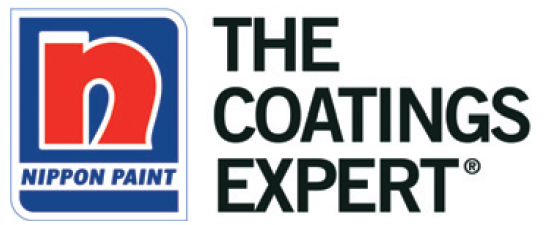
Manage your building through Nippon Paint hassle-free painting service package. Call 1-800-88-2663 to find out more.
This story first appeared in TheEdgeProperty.com pullout on May 19, 2017. Download TheEdgeProperty.com pullout here for free.
TOP PICKS BY EDGEPROP
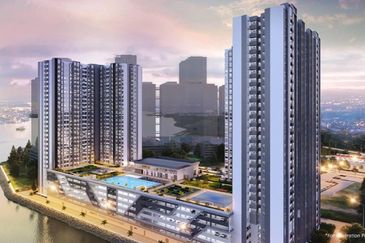
Bandar Baru Permas Jaya
Permas Jaya/Senibong, Johor

Ion Belian Garden, Batang Kali
Batang Kali, Selangor
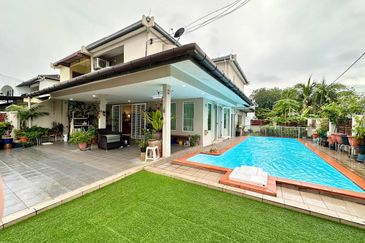
SS 21, Damansara Utama
Petaling Jaya, Selangor

Taman Perindustrian Desa Cemerlang
Ulu Tiram, Johor


